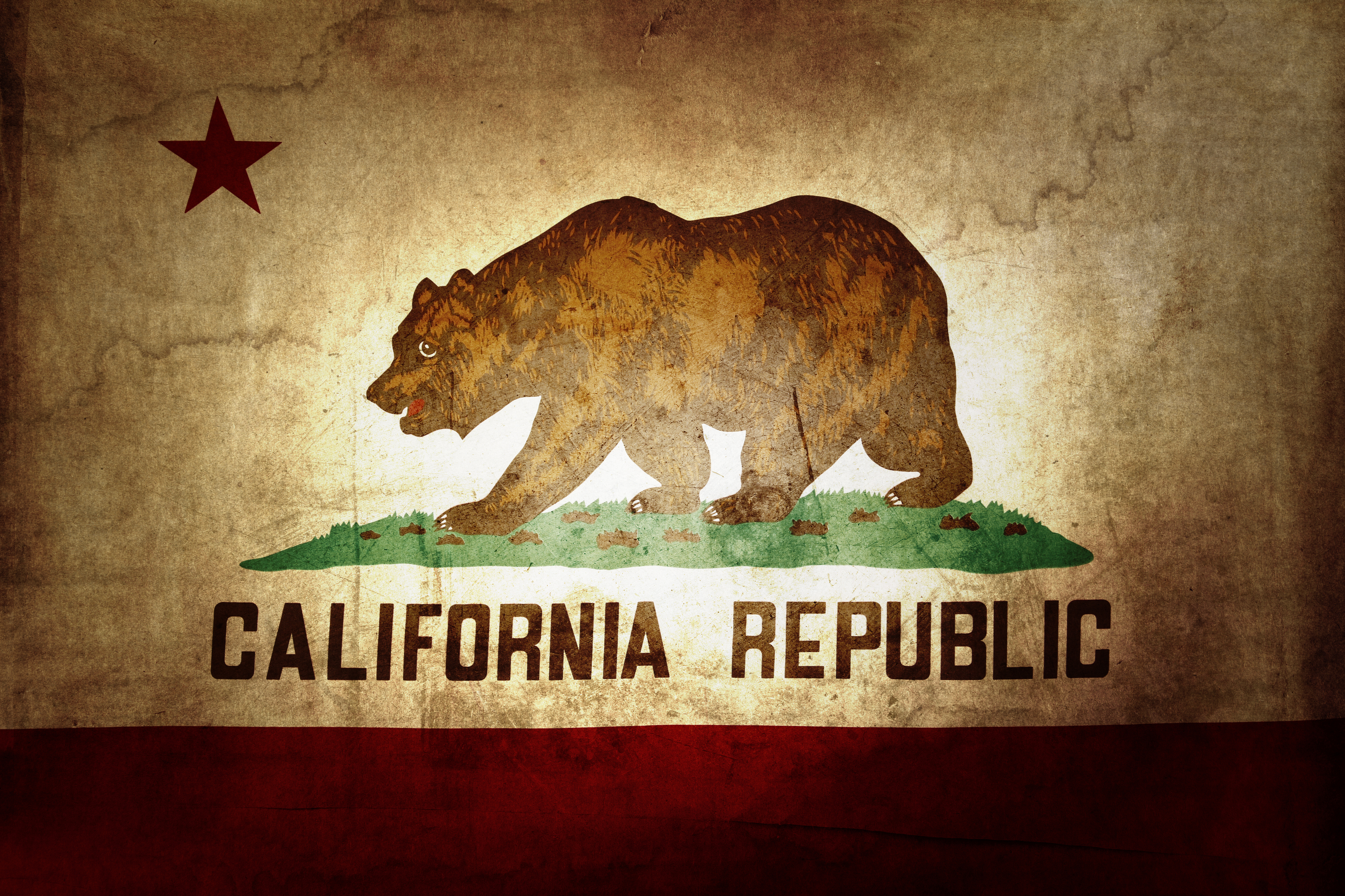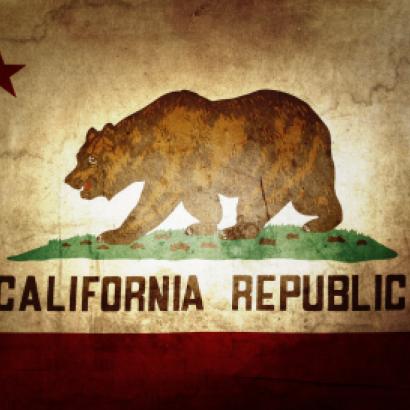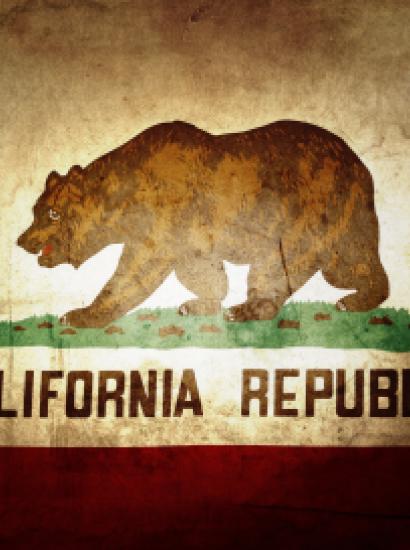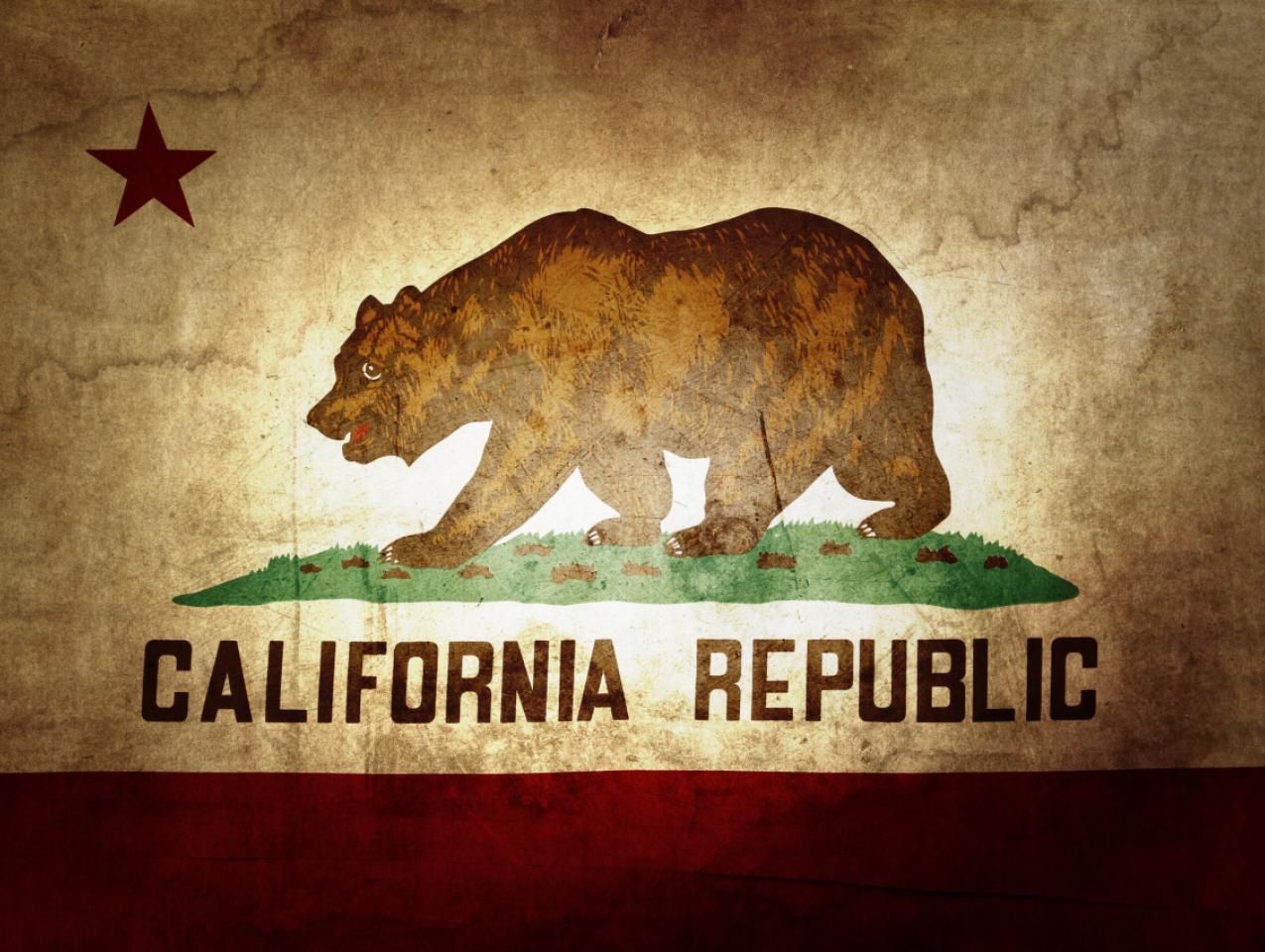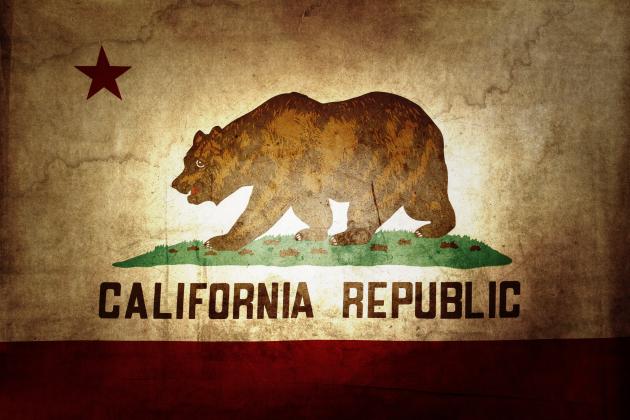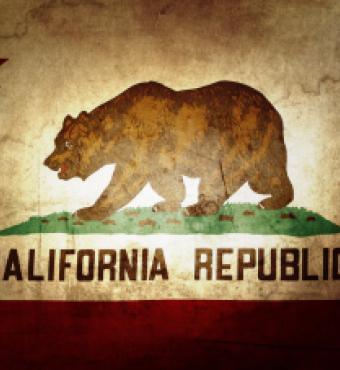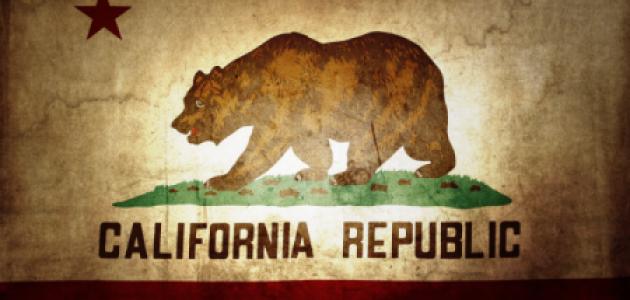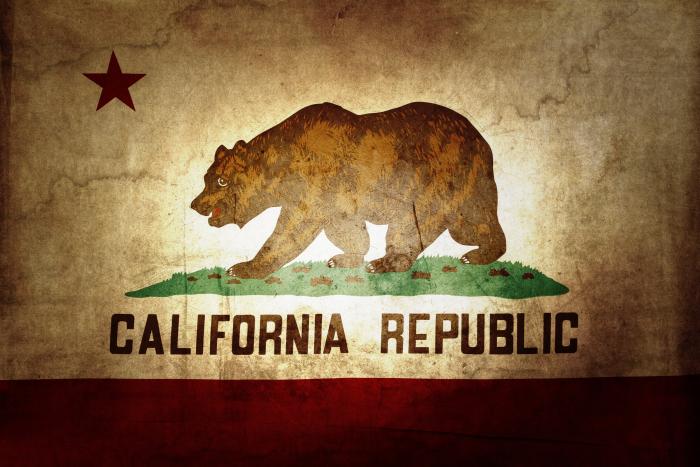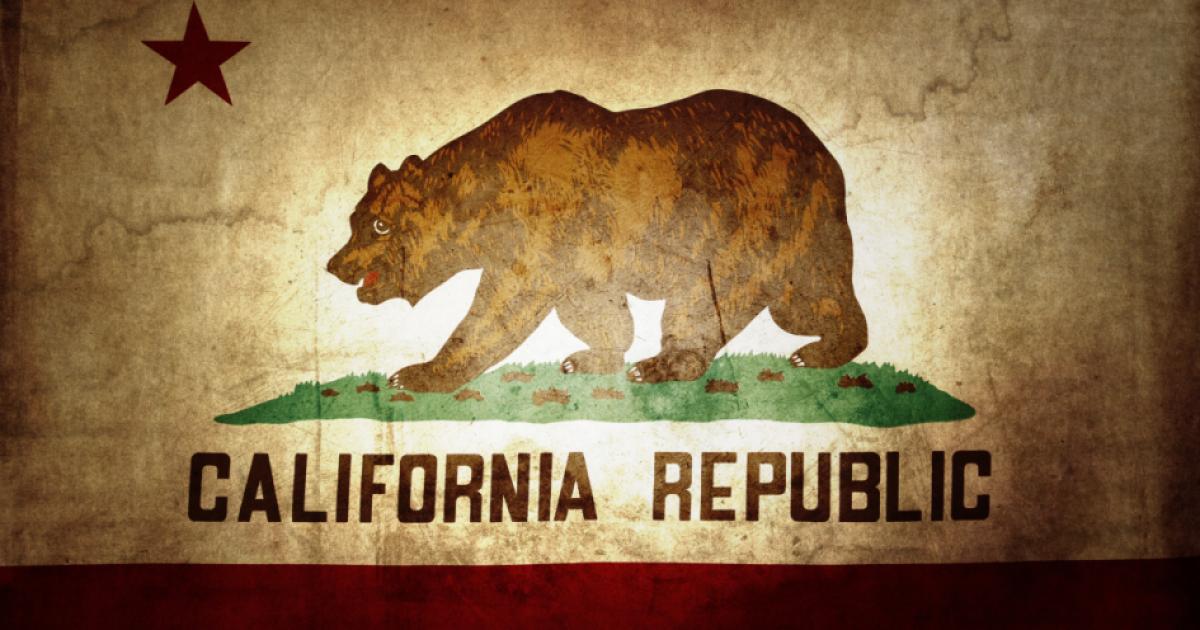- State & Local
- California
His legal travails notwithstanding, Donald Trump has found success of late in a different court—those Republican state party apparatchiks who decide how GOP national convention delegates will be awarded over the course of 2024’s presidential primaries.
In Michigan, for example, state GOP officials recently passed a “resolution of intent” that calls for 39 of 55 delegates to be allotted via closed-door caucuses four days after that state’s February 27 statewide primary—the assumption being that the caucus-goers are more die-hard “MAGA” than their primary-voting brethren and thus more likely to come to Trump’s rescue should he face-plant in the public primary (Trump won Michigan’s 2016 GOP primary, albeit with only 36.% of the vote, which translated to 25 of 59 pledged delegates).
But the bigger story appears to be in California, where the state GOP’s executive committee has rewritten party rules in a way that potentially benefits Trump should he still be dominating the GOP field by next spring.
The change: if one candidate receives a majority of the votes in California’s March 5 statewide Republican primary, the prize is all 169 delegates. If no candidates surpasses 50%-plus-one, then delegates will be awarded based on each candidate’s share of the vote.
That’s a departure from 2016 and the last contested GOP presidential primary in California, when the statewide winner received only 10 delegates, with the lion’s share of the delegation allocated per congressional district—the winner in each congressional district receiving three delegates (Trump claimed all of California’s 172 delegates in that primary, which occurred after he’d clinched the party’s nomination).
How this might benefit Trump: look no further than the RealClear Politics (RCP) average of national polls, where Trump currently holds a better than 3-to-1 margin over his closest rival, Florida governor Ron DeSantis.
Before we go any further—more to the point, before you e-mail me explaining the mechanics of the presidential selection process—yes, there’s a danger in forecasting outcomes this far ahead of the actual voting.
Back in August 2015, the RCP average had Trump holding a 2-to-1 margin over his closest rival (former Florida governor Jeb Bush). But Trump’s support percentage was in the low 20s at the time, hardly the stuff of manifest destiny. Go back to mid-August 2007, and the RCP average shows Hillary Clinton enjoying a nearly 2-to-1 advantage over Barack Obama.
Obviously, much can change in American politics over the course of almost eight months, this presidential cycle being no exception. Republicans hold their first candidates’ debate on August 23, and perhaps a candidate has a breakout moment; time will tell if Trump’s deepening legal saga bolsters his support or slowly undermines it.
Meanwhile, there’s the question of California’s relevancy in the GOP selection process, a question that’s dogged Golden State Republicans for decades now.
Back in the 2000 election, California advanced its presidential primary from its traditional early June slot to the first Tuesday in February so as to give the Golden State more of a say in the two parties’ selection process (as in 2016 and 2008, no incumbent president was running at the time).
While there was heated competition on the Republican side between then Texas governor George W. Bush and the since deceased John McCain, it was in fact a mismatch courtesy of Bush’s more organized, better-financed campaign. Bush won 60% of California’s vote in that primary to only 35% for McCain and walked away with all of California’s 162 delegates.
But California was a face in the crowd—granted, a very large face—back in 2000. Bush also carried New York and Ohio the same night of his California triumph, as well as Georgia, Maryland, Maine, and Missouri. McCain’s haul: Connecticut, Massachusetts, Rhode Island, and Vermont. It’s not as if the nation was holding its collective breath while waiting for the outcome in the Golden State.
Eight years later, California once again tried an “early” presidential primary—the result this time working to McCain’s advantage. But while McCain’s California victory cemented his frontrunner status (he earned 158 delegates to only 12 for his rivals), there once again was the “face in a crowd” factor as McCain’s success in nine states (Arizona, California, Connecticut, Delaware, Illinois, Missouri, New Jersey, New York, and Oklahoma) had to share billing with Mike Huckabee’s surprise show of strength (wins in Alabama, Arkansas, Georgia, Tennessee, and West Virginia) and Mitt Romney’s seven-state haul (Alaska, Colorado, Massachusetts, Minnesota, Montana, North Dakota, and Utah).
A similar scenario could play out in 2024, as it’s not just California but 14 other states holding a Republican primary on March 5. And, as was the case in 2008, the geography offers candidates strategic options: a deeply conservative Republican could work the Deep South (Alabama, Arkansas, Oklahoma, Tennessee, Texas), while a more centrist Republican might explore more nuanced electorates in the likes of Massachusetts, Vermont, and Virginia—all three “blue” presidential states that have elected Republican governors in recent votes.
Of course, that’s assuming there are multiple viable GOP candidates by the first Tuesday in March, or even an earnest, two-candidate race if Trump doesn’t stumble in Iowa or New Hampshire.
For argument’s sake, let’s imagine a GOP field that, come next March, contains not only a wounded Trump but perhaps one or more rivals with either the money or a win under their belt so as to be deemed “relevant.” Would any of the contenders be so bold as to go “all in” on a California that’s both expensive in terms of media buys and time consuming, as there’s only one other March 5 state a short flight away (Utah)?
It wouldn’t make sense, if there were three or more candidates, to make such a push, as any of the non-Trump candidates would be hard-pressed to crack 50% in California (this assumes Trump, even in a diminished state, can still retain 30% of the primary vote). Another wrinkle: as California mails ballots to voters a month in advance, how much of the primary electorate will still be undecided in the week between Michigan’s and California’s primaries?
The guess here: California, even with a two-candidate race and new “winner-takes-all” rules, will struggle to live up to the GOP dream of a “showdown” state. And for that, you can thank calendar overcrowding (14 other states voting the same day) . . . and delegate math.
In 2024, a Republican presidential candidate will need to garner an estimated 1,234 of 2,467 delegates to become the party’s nominee. A majority-vote win in California (169 delegates) would get a candidate about one-seventh of the way to that prize.
Would a majority-vote victory in California provide a knockout punch for the winning candidate? That depends on how the rest of our hypothetical “Super Tuesday” plays out.
Take California out of the mix, and there’s still an estimated 699 delegates up for grabs on March 5, the biggest non-California prize being Texas—162 delegates chosen by “winner-take-most” rules (in 2016, the split was 104 delegates for Ted Cruz, 48 for Trump and 3 for Marco Rubio). But as every state voting the same day as California awards delegates either by “winner-take-most” or “proportional” rules (or a hybrid of the two), which offer only shares of delegates, a candidate would be hard-pressed to make up the gap unless they ran the table — in doing so, winning by large margins — in the likes of Texas, North Carolina, Tennessee and Virginia (collectively, 343 delegates). The more likely scenario: the non-Trump alternative would have to win enough states to narrow the delegate gap, should Trump sweep California, and enough states to earn the media’s respect.
All of which means a race in which Trump doesn’t run the table in February but seals the deal by running the table in California might hinge on a different date than California Republicans envision: March 19 and votes in Arizona, Florida, Illinois, Kansas, and Ohio.
If that’s the case, it won’t be the first time that California’s desire to be a presidential kingmaker proved to be futile.
Put another way: it’s hard for California Republicans to play a trump card when the GOP’s nominating system seems to always trump the Golden State.







